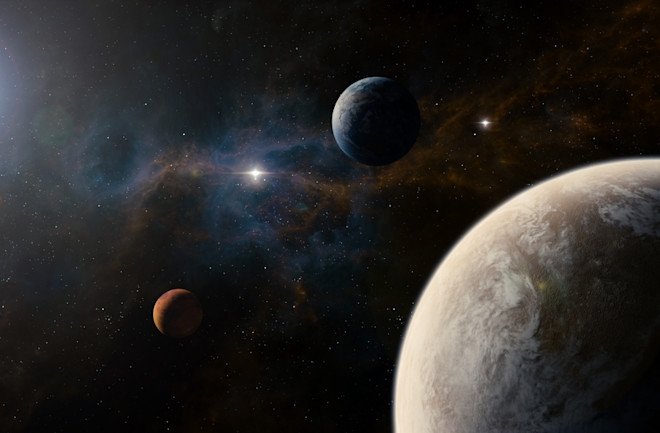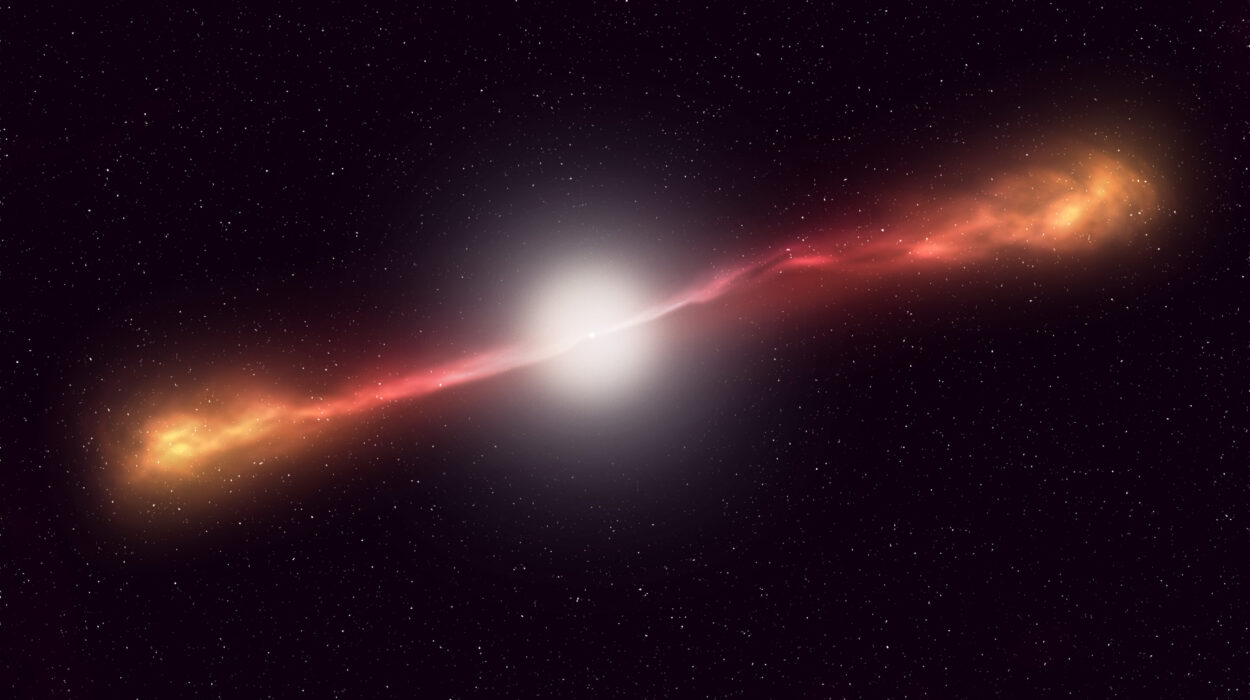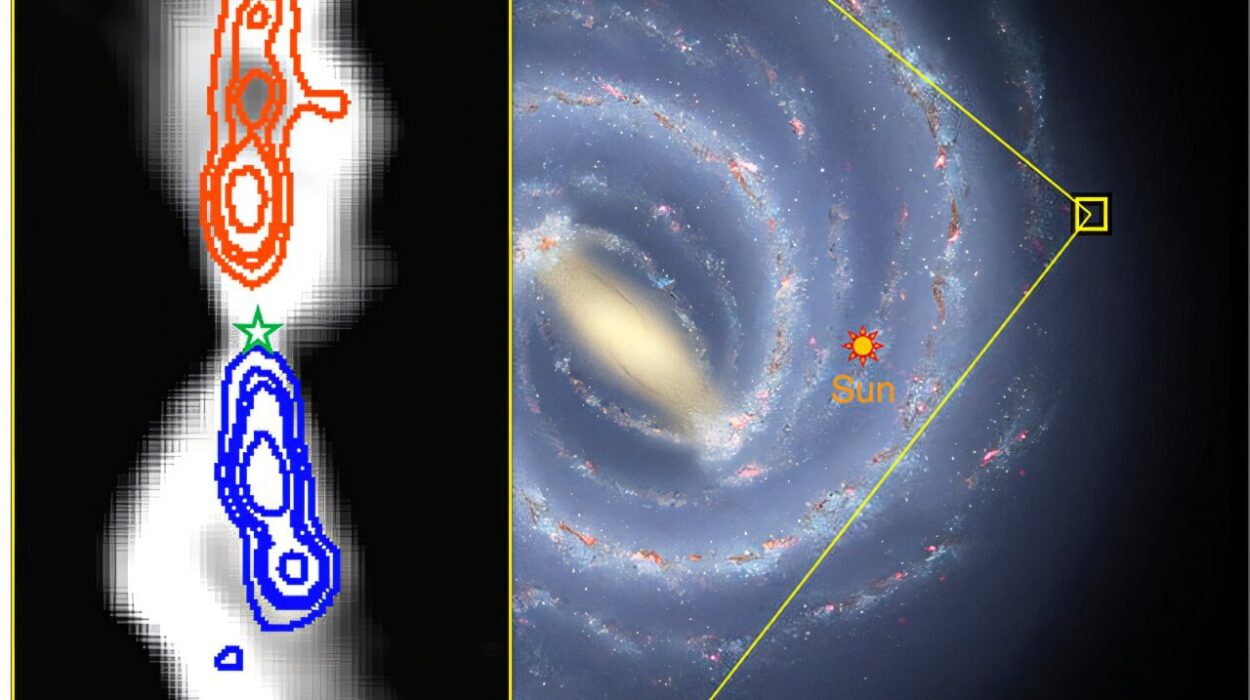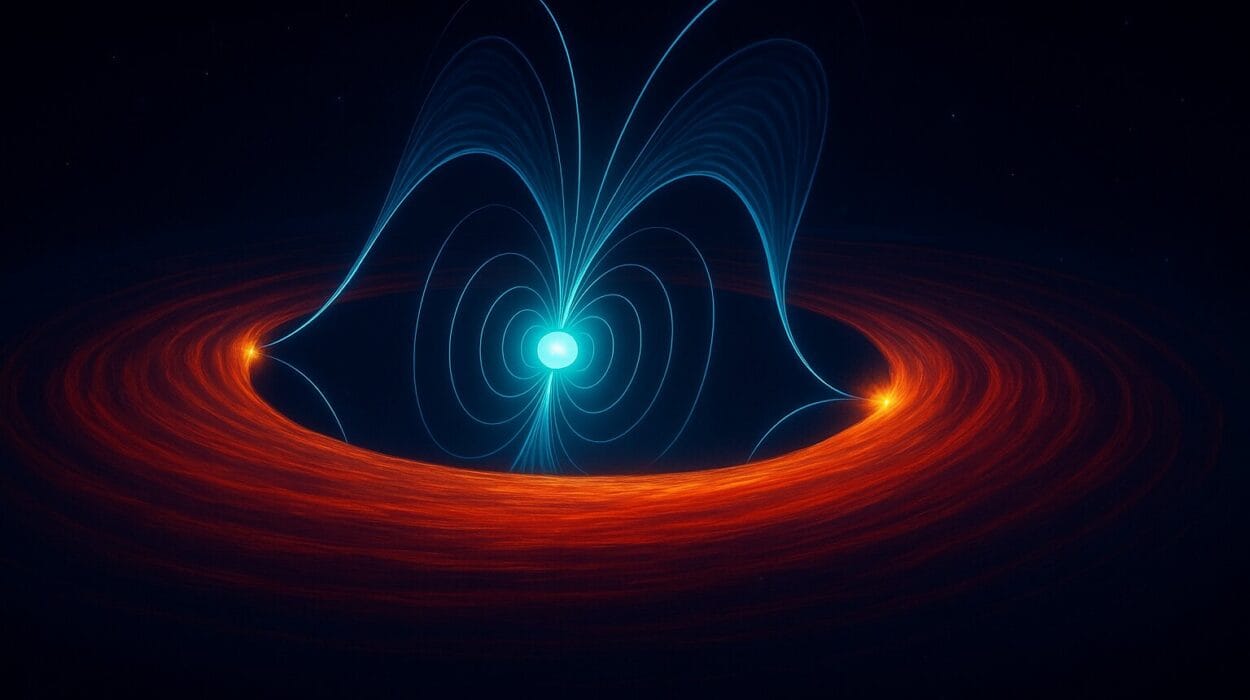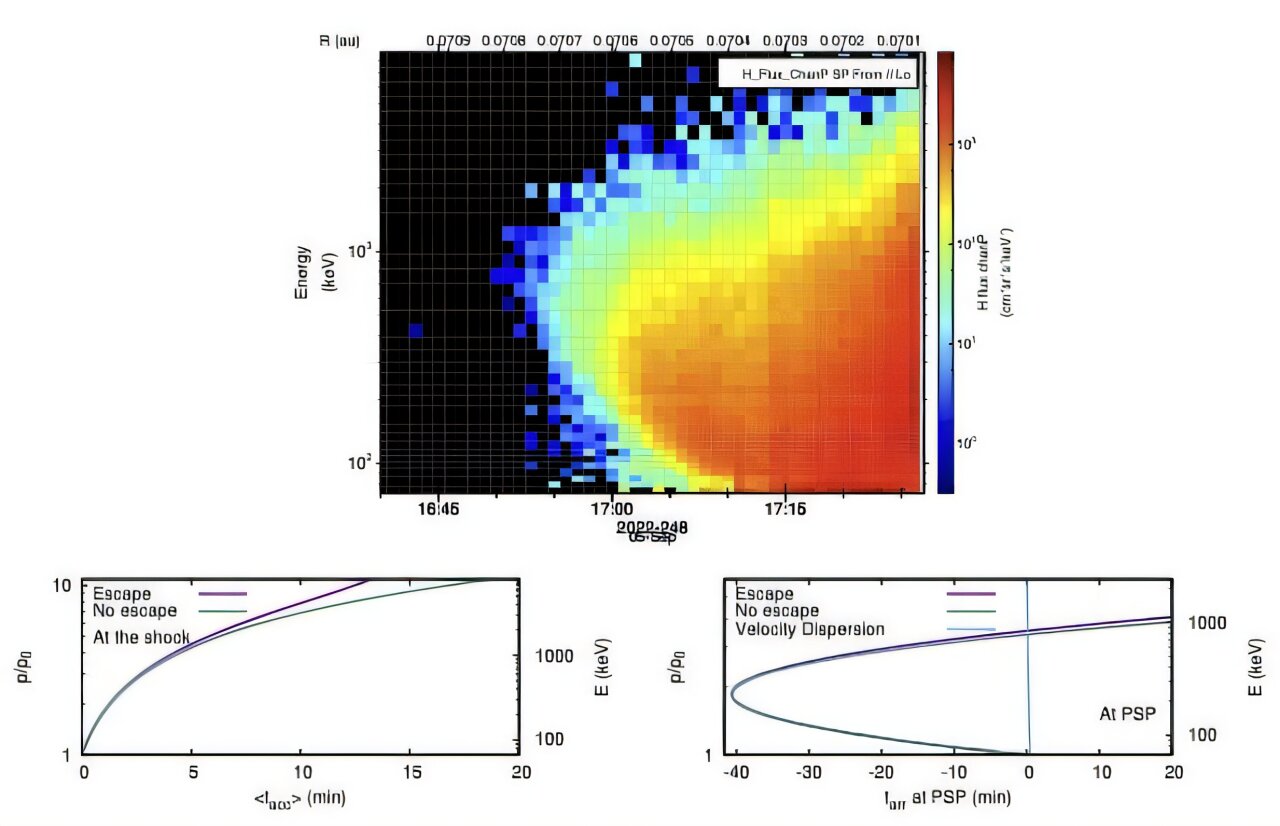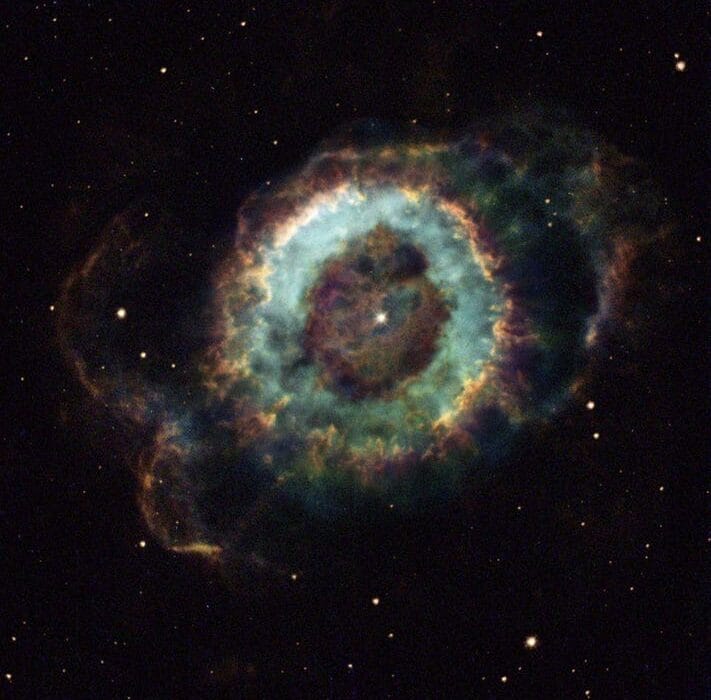In a groundbreaking discovery, an international team of scientists has confirmed the existence of a super-Earth planet orbiting in the habitable zone of a nearby sun-like star, offering a new glimpse into the study of Earth-like exoplanets. The planet, designated HD 20794 d, was initially detected two years ago by Dr. Michael Cretignier, an Oxford University scientist, but it was only after extensive research and over two decades of data collection that its existence was definitively confirmed.
Located just 20 light years away, HD 20794 d is one of the closest potentially habitable planets discovered to date. Its size—six times that of Earth—and its location within the habitable zone of its star, make it an intriguing subject for future research into the possibility of life beyond our solar system. The habitable zone is a critical region around a star where conditions may allow liquid water to exist on the planet’s surface, a fundamental requirement for life as we know it.
The findings were recently published in the prestigious journal Astronomy & Astrophysics, detailing the results of the collaborative effort between Dr. Cretignier and an international team of astronomers. This achievement not only marks an important milestone in exoplanet research but also paves the way for future missions to better understand the potential for life elsewhere in the universe.
How the Discovery Began: A Signal in the Data
The road to confirming HD 20794 d began in 2022, when Dr. Cretignier, while analyzing archived data from the HARPS spectrograph at the La Silla Observatory in Chile, detected an unusual signal that hinted at the presence of an exoplanet. HARPS, or High Accuracy Radial Velocity Planet Searcher, is a cutting-edge tool that specializes in detecting tiny shifts in the light spectrum emitted by distant stars, a technique that allows scientists to infer the presence of planets.
Dr. Cretignier identified distinct, periodic shifts in the star’s spectrum, a phenomenon often caused by the gravitational influence of an orbiting planet. However, the signal was faint and at the edge of the spectrograph’s detection limit, making it difficult to immediately confirm whether the cause was indeed a planet, an instrumental error, or stellar activity.
Verification: Two Decades of Data Analysis
To confirm the signal, the team analyzed decades of measurements gathered by HARPS and its successor, ESPRESSO—another highly sophisticated spectrograph based at the Paranal Observatory, also in Chile. These instruments, known for their precision in measuring the tiniest variations in light, were essential to resolving any doubts about the origin of the signal.
“We worked on data analysis for years, gradually analyzing and eliminating all possible sources of contamination,” explained Dr. Cretignier. The team’s extensive work involved advanced processing techniques and detailed scrutiny to differentiate the planetary signal from any background noise, instrumental errors, or interference from the star itself.
The breakthrough came when the data from both HARPS and ESPRESSO were combined. The new measurements conclusively showed that the signal originated from a planet and confirmed its existence. Dr. Cretignier expressed his joy at the discovery: “For me, it was naturally a huge joy when we could confirm the planet’s existence. It was also a relief, since the original signal was at the edge of the spectrograph’s detection limit, so it was hard to be completely convinced at that time if the signal was real or not.”
HD 20794 d: A Super-Earth in the Habitable Zone
HD 20794 d is classified as a super-Earth—a type of exoplanet that is more massive than Earth but smaller than the gas giants like Uranus and Neptune. With a mass six times that of Earth, the planet is significantly larger than our home planet but still within the size range thought to support Earth-like conditions.
The planet’s host star is a sun-like star, similar in many ways to our own Sun, which makes HD 20794 d even more intriguing. Its location within the habitable zone—the region where liquid water could theoretically exist—means that the planet is at an optimal distance from its star to sustain conditions conducive to life. However, unlike most planets in the habitable zone, HD 20794 d’s elliptical orbit means that its distance from the star fluctuates considerably over the course of its year.
This elliptical orbit takes the planet from the outer edge to the inner edge of the habitable zone, creating significant temperature variations. While this could affect the planet’s habitability, it remains an exciting subject of study for scientists interested in the potential for life on other worlds.
What Does This Mean for the Search for Life?
While it is still too early to say definitively whether HD 20794 d could harbor life, the discovery represents an important step in the search for Earth-like planets with the right conditions for life. The planet’s proximity to Earth—only 20 light years away—and its location within the habitable zone make it an ideal candidate for future space missions aimed at studying exoplanet atmospheres and looking for signs of life.
In particular, upcoming missions and telescopes such as the Extremely Large Telescope (ELT), Habitable Worlds Observatory, and the Large Interferometer For Exoplanets (LIFE) will be able to observe exoplanets like HD 20794 d in greater detail. These instruments will search for biosignatures—indicators that life may be present in the planet’s atmosphere—such as oxygen, methane, and carbon dioxide.
Dr. Cretignier is optimistic about the potential for future discoveries: “With its location in a habitable zone and relatively close proximity to Earth, this planet could play a pivotal role in future missions that will characterize the atmospheres of exoplanets to search for biosignatures indicating potential life.” The study of such exoplanets could help answer one of the most profound questions in science: Are we alone in the universe?
A Step Toward Earth Analogs
HD 20794 d is one of the closest Earth analogs discovered to date, offering an unparalleled opportunity for scientists to study a world that might share similar conditions to our own. Its discovery marks an important milestone in exoplanet research, but it is also a reminder of the challenges faced in identifying planets that resemble Earth. The search for planets in the habitable zone is a delicate process that requires highly precise instruments and years of data collection, and each new discovery brings us one step closer to understanding our place in the cosmos.
Dr. Cretignier’s enthusiasm for the discovery remains palpable: “While my job mainly consists of finding these unknown worlds, I’m now very enthusiastic to hear what other scientists can tell us about this newly discovered planet, particularly since it is among the closest Earth-analogs we know about and given its peculiar orbit.”
Looking Ahead: The Future of Exoplanet Research
The confirmation of HD 20794 d is a major achievement in exoplanet research and a testament to the power of international collaboration. With new tools and improved techniques, astronomers are gaining more and more insight into the diversity of planets that exist beyond our solar system.
As technology continues to advance, future missions will offer even more detailed studies of exoplanets in the habitable zone, bringing us closer to answering the age-old question of whether life exists elsewhere in the universe. The discovery of HD 20794 d is just one example of how modern astronomy is opening new frontiers, and it’s likely that even more exciting revelations are just around the corner.
Reference: N. Nari et al, Revisiting the multi-planetary system of the nearby star HD 20794. Confirmation of a low-mass planet in the habitable zone of a nearby G-dwarf, Astronomy & Astrophysics (2024). DOI: 10.1051/0004-6361/202451769
